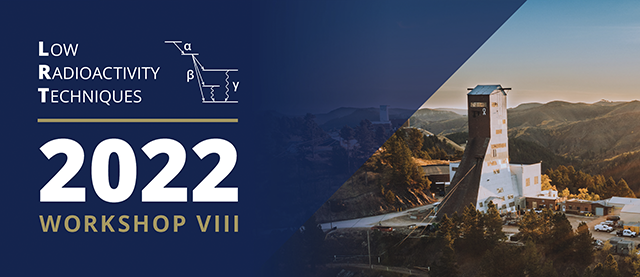Speaker
Description
Borexino was a liquid scintillator detector situated underground in the Laboratori Nazionali del Gran Sasso in Italy, officially decommissioned in October 2021. Its successful and renowned physics program covers the study of solar neutrinos and spans also across geo-neutrinos and neutrino physics. Within its solar program, Borexino successfully measured neutrinos from the fusion processes in the pp chain and CNO cycle. Especially for the detection of pep and CNO neutrinos, an important background is formed by the cosmogenic radio-isotope $^{11}$C that is produced by muon spallation of $^{12}$C nuclei in the scintillator. Given the relatively long life time (30 mins) and high rate (30 cpd and 100 ton), specific signal identification is not possible. Borexino developed dedicated veto strategies in the data analysis phase to allow the detection of pep and CNO neutrinos.
The results presented so far by Borexino relied upon a Three-Fold Coincidence (TFC) technique that exploits the time and space correlation of muons, spallation neutrons, and radioactive $^{11}$C decays. However, this method has conservative assumptions during critical data-taking periods, such as during a board saturation case and in-between runs. That causes a loss of data exposure. Therefore, a new algorithm is devised to relax those TFC assumptions and deal with the critical periods by searching for space-time correlated bursts of $^{11}$C events produced in cascade by the spallation. In this work, we present the state of the art of the TFC, the new algorithm working, and highlight the performance of their combination to deal with the $^{11}$C background. Moreover, this method finds a general application in low radioactivity Borexino-like underground experiments when dealing with any background having a decay time too long to be identified by the triggers.

